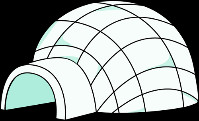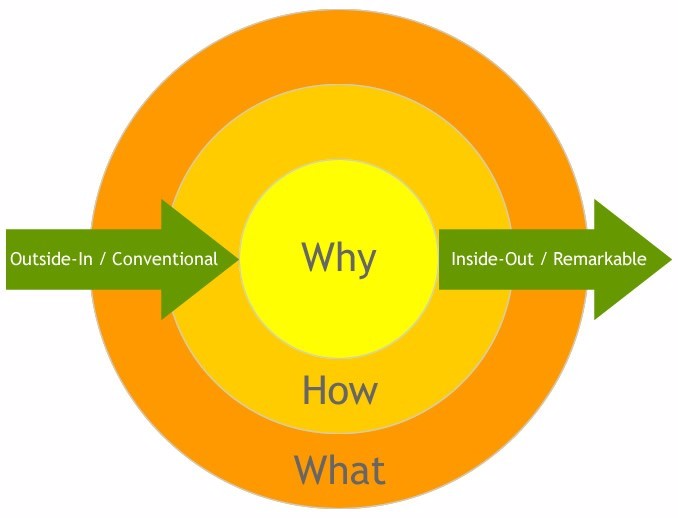The ART OF SELLING ICE TO THE ESKIMOS
You have heard it before in reference to someone... “He could sell Ice Cubes to Eskimos.” I generally took this as a somewhat negative comment, envisioning a used car salesman, a politician, or a snake oil proprietor. Someone that pressures you into buying almost anything without regard to what you want or need. “Yes that fits you great and the color looks good on you.” “Of course you need all these bells and whistles.”
But then I discovered the selling concept of Benefits and Features.

The Ice Cube conversation goes something like this… “I understand that you are concerned about the health of your family and what they put in their bodies…our ice cubes are healthier (the benefit).” “We form our ice cubes from pure mountain springs, they are frozen in sterilized stainless steel containers, and packaged to maintain their freshness and purity (the features).”
But the conversation may not stop there because the health of their family may not be reason they are buying ice cubes. The conversation might continue…”I understand that quality and precision are essential to you…we seek to exceed industry standards with our ice cubes (the benefit).” “We take laser guided measurements, cut the blocks with precision instruments, and flash cure them to maintain their size and shape until you are ready to place them (the features).” Here the issue is making air-tight igloos quickly and easily.

Benefits and Features is nothing new or terribly unique to selling. It is applying the basic approach of the “WHY”. The purpose, cause, or belief that inspires you to do what you do is the why. It is your emotional focus, the motivational force that helps us choose between options or choices. It is that “gut” feeling that is based upon life experiences and learned knowledge. It is the problem(s) you are trying to solve through the choices you make. Do you know your Why?
Simon Sinek is the master of this thinking. He spans the globe speaking to audiences everywhere about an approach to thinking he calls The Golden Circle. He captures your attention with the bold statement that “people do not buy what you do, people buy why you do it.” He provides examples of organizations like Apple Computer, inventors such as the Wright Brothers, and leaders like Martin Luther King to make his point. The difference in why they succeeded, while others who may have had a lot more going for them failed is, he suggests, their motivations. Where conventional thinking starts with the what he contends that they each started with their why and moved out in their thinking to then address the how and what. He encourages and instructs people to discover their why and build upon it to then address how to do it and what to do.

Your challenge may not be to sell ice cubes to Eskimos but it might be just as daunting. Break it down into the basics. Understand the emotions you are dealing with, the why behind your issue, and it will be much easier to to determine the how and the what. Start with the benefit and then determine the features that will appeal to your market.


